Interval Training for Runners: Proven Sessions for Enhanced Endurance and Speed
If you are ready to take your running fitness to the next level, interval training is your next step!
Not only does do running intervals help with endurance and speed but it also improves overall cardiovascular health.
But with so many options out there, how do you know which interval workouts are the best for achieving your goals?
Whether you're a beginner or advanced runner, intervals can be tailored to fit your fitness level.


What are interval workouts?
There are a few different types of interval workouts, but they all have one goal in common: to help you improve your endurance and speed.
By alternating between periods of high-intensity effort and lower-intensity recovery, you can push your body to new limits and see significant gains in both your aerobic and anaerobic fitness.
Interval workouts can be tailored to any fitness level, from beginner to advanced.
If you're just starting out, you may want to start with shorter intervals and longer rest periods.
As you get more fit, you can increase the length of the intervals and decrease the amount of time you spend resting.
Here are a few examples of interval workouts that you can try:
- Sprint for 30 seconds, then jog or walk for 1 minute. Repeat 8-10 times.
- Run at a moderate pace for 2 minutes, then sprint for 1 minute. Repeat 5-7 times.
- Change your speed according to the terrain. For example, run harder up a hill or for one block.
Benefits of interval training for runners
Interval training is a great way to improve your running speed and endurance.
Intervals can give your body the challenge it needs to get stronger and faster.
And they can help you break through any plateaus you may have reached in your running ability.
Additionally, interval training forces your body to adapt to changing conditions, which can make you a better runner overall.
Interval workouts are typically shorter than traditional runs, so they can be a great way to fit in a good workout when you’re short on time.
Types of intervals for endurance and speed
There are two main types of intervals for endurance and speed: short intervals and long intervals, but both can be broken up into intensity as well.
Short intervals are typically around 30 seconds to 2 minutes long and are usually meant to be performed at a higher intensity than your usual endurance pace.
These types of intervals are great for building up speed and improving your anaerobic threshold.
HIIT, sprint, or VO2max are examples.
Longer intervals can be anywhere from 3 minutes to 10 minutes or more and are typically meant to be performed at a pace that is somewhere between your usual endurance pace and your all-out sprinting pace.
Longer intervals include tempo or sweet spot sessions.
These types of intervals are great for increasing your aerobic capacity and improving your overall endurance.
Research on the effectiveness of interval training
Interval training has been shown to be an effective workout for both endurance and speed.
A study published in the Journal of Strength and Conditioning Research found that interval training improved running economy (the amount of oxygen used at a given pace) by four percent and VO2 max (the maximum amount of oxygen that your body can use during exercise) by 15 percent.
The study also found that interval training improved running performance by two percent.
Another study, published in the International Journal of Sport Nutrition and Exercise Metabolism, found that interval training improved 5K time trial performance by three percent.
The study also found that interval training resulted in greater fat loss than moderate-intensity aerobic exercise.
Examples of interval sessions to improve running performance
Here are some examples of interval workouts that you can try to improve your running performance:
- Build endurance with long intervals: Long intervals are a great way to build endurance. To do this workout, warm up for 10 minutes at an easy pace. Then, run for 2 minutes at a hard pace, followed by 3 minutes at an easy pace. Repeat this cycle 5-7 times. Cool down for 10 minutes at an easy pace when you're finished.
- Improve speed with short intervals: If you're looking to improve your speed, short intervals are the way to go. To do this workout, warm up for 10 minutes at an easy pace. Then, run for 30 seconds at a very hard pace, followed by 1 minute of recovery (easy running or walking). Repeat this cycle 8-10 times. Cool down for 10 minutes at an easy pace when you're finished.
- Combine speed and endurance with medium intervals: Medium intervals are a great way to combine speed and endurance training. To do this workout, warm up for 10 minutes at an easy pace. Then, run for 1 minute at a hard pace, followed by 2 minutes
- Fartleks are a great interval tool to use the terrain as a training tool. The word comes from Swedish meaning “speed play” and is a regular run interspersed with random intervals. You might run harder up a hill, for example, or do one particular section of road or path at a higher pace.
Scheduling your interval sessions
The scheduling of interval and endurance training depends on the goals and fitness level of the runner.
Generally, I’d suggest you alternate between the two types of workouts throughout the week. For instance:
- For beginners: 2-3 days of easy runs at a comfortable pace for endurance building, and 1 day of interval training per week.
2. For intermediate runners: 2-3 days of endurance building runs at a moderate pace, 1-2 days of tempo runs (moderate to high intensity), and 1 day of high-intensity interval training.
3. For advanced runners: 3 days of endurance building runs at a moderate pace, 2 days of tempo runs, and 2 days of interval training (one day of high-intensity intervals and one day of low-intensity intervals).
It's important to allow adequate rest time between workouts and not overwork yourself.
Tips for getting started with interval training
If you're new to interval training, it's important to ease into it.
You don't want to go too hard, or too fast, and risk injuring yourself.
Here are some tips for getting started with interval training:
- Start with a warm-up. This can be a light jog or walk, followed by some dynamic movement.
- Set a realistic goal for your intervals. If you're just starting out, aim for something achievable like 30 seconds of running followed by 60 seconds of walking. As you get fitter, you can increase the intensity and duration of your intervals.
- Use a timer or stopwatch to keep track of your intervals. This will help you stay on track and ensure that you're working at the correct intensity level.
- Make sure to cool down after your workout with a light jog or walk.
How to set up interval training for running
There are a few different ways to structure an interval workout, depending on your goals and training plan.
The most common method is to choose a distance or time goal, and then alternate between periods of easy effort and more challenging effort.
For example, you might warm up for 10 minutes at an easy pace, then alternate 1 minute of fast running with 2 minutes of slower running for 20 minutes, and then cool down for 5-10 minutes.
You can also do interval training by using a heart rate monitor to keep track of your intensity.
For example, you might warm up for 10 minutes at an easy pace, then alternate 1 minute of running at 80% of your maximum heart rate with 2 minutes of running at 60% of your maximum heart rate for 20 minutes, and then cool down for 5-10 minutes.
You can also do interval training by using a combination of time and heart rate goals.
For example, you might warm up for 10 minutes at an easy pace, then alternate 1 minute of running at 80% of your maximum heart rate with 2 minutes of running at 60% of your maximum heart rate for 20 minutes, and then cool down for 5-10 minutes.
Three things to know about intervals for runners
- Start interval training slowly with short distances and moderate intensity by doing work like strides or fartleks.
- Intervals can be a powerful training stimulus that creates speed, performance, and better form.
- Intervals can also cause a lot of fatigue and muscle damage and require adequate recovery.
Want to know more about interval training for runners?
If you liked this article, please share it with others.
I support a limited number of cyclists and runners achieve their goals with more strength, endurance, and mobility.
Contact me or sign up for Virtual Coffee so we can discuss your goals, ask questions, and talk about making your endurance training more effective, fun, and Simple.
You can also opt-in to receive my weekly blog posts about what works in endurance sports.
Paul Warloski is a:
- USA Cycling Level 3 Coach
- RRCA Running Coach
- Training Peaks Level 2 Coach
- RYT-200 Yoga Instructor
- Certified Personal Trainer


Improve Your Cycling and Running Performance With a Stronger Core
Download my exclusive free training video that includes the six highly effective core strength exercises in a routine specifically designed for cyclists and runners.
This video is only available to subscribers!
Plus you'll be subscribed to a weekly newsletter that brings you the best training advice and information.
